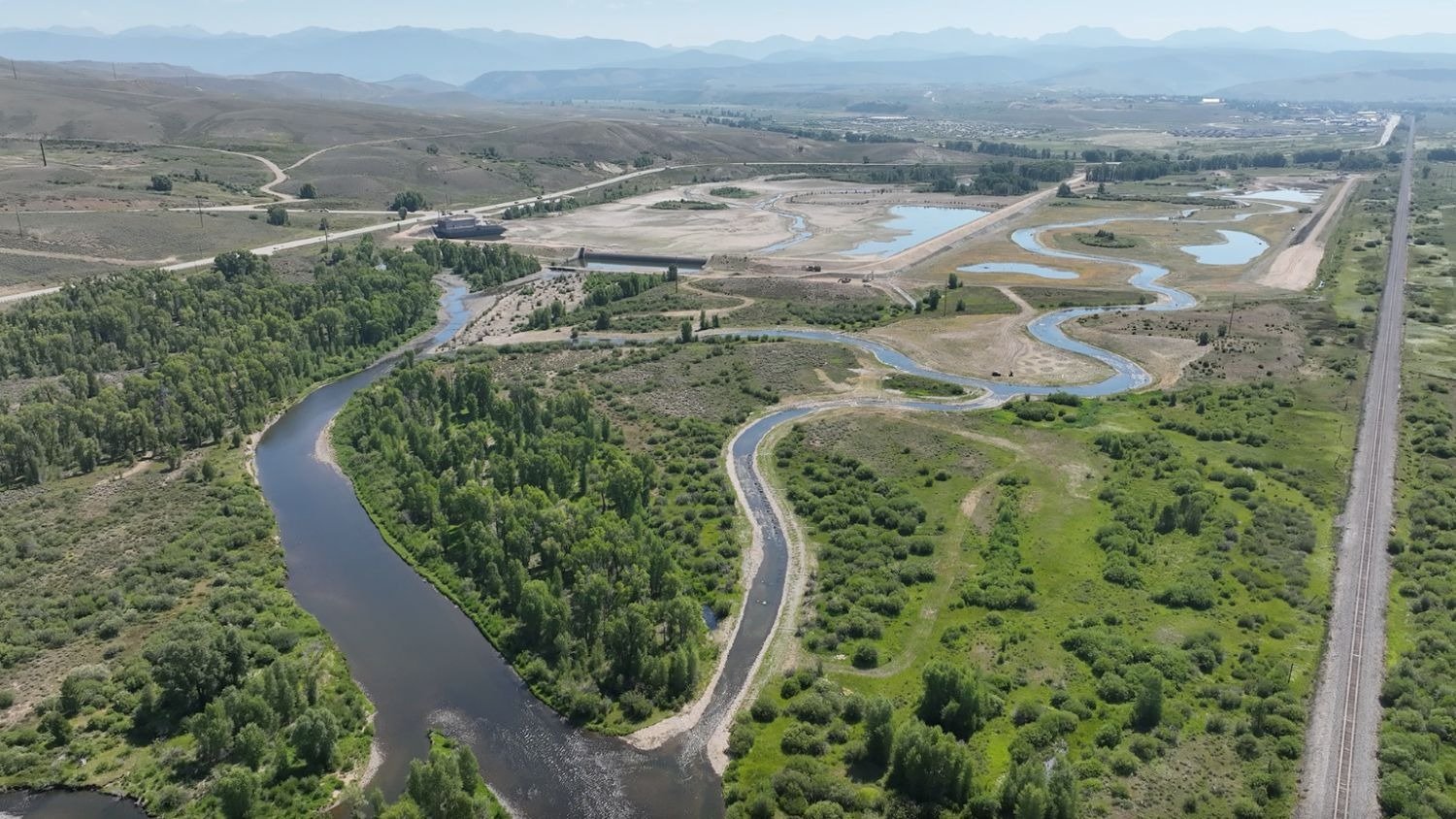Denver Post guest commentary by Rick Cables Last week's announcement of a historic, seven-state water-sharing agreement brings to light a perception that water begins at the Colorado River, when actually it is the link between our forest's snow pack and the faucets through which that melted snow flows.
Mountain snows supply 75 percent of the inland West's water, almost half of it from the highest elevations. The health of forests is critical to the quality and quantity of water that flows from them.
Renewing national forests is critical to sustaining their function as the source of most water in the inland West. Forests are nature's sponge, storing and filtering vast amounts of water and slowly releasing it in summer when it is most needed. It all begins in winter with snowfall.
Winter snow will translate into water yields next spring. The mountain snowpack functions as a high-altitude reservoir that feeds headwater river basins. The streams in these basins ultimately flow to our water systems. When we turn on our faucets, we tap into our forests — so our water supply depends on the health of our forests and their streams.
Securing reliable flows of clean water was a prime purpose of the first national forests. In a sense, history is repeating itself today as we in the Forest Service return to our roots by giving priority to water as the greatest value of national forests.
The stakes are now higher than ever with projections of a warming climate, less snowpack, earlier snowmelt, and more severe droughts and wildfires that will strain our water supply and threaten our water source. We need to plan for such a future.
The evidence today is sobering: Spring snowpack has already dropped sharply in the past 20 years, and snowmelt runoff now starts an average of 10 days earlier. Large forest fires are four times more frequent and burn six times more acres. In spite of all this, national forests will remain the water towers of the West, feeding the Colorado River and other river basins.
Water is a finite resource, with infinite potential demand. We may squeeze a bit more from the earth and sky, but there is only so much water there. The real answer lies in working together to save our source and reduce our demand. The water stresses of this century will prove to be a defining conservation issue of our time.
Advocacy for water issues and forests requires public collaboration. One model is the Pike National Forest, where a 2-mile stretch of the South Platte River between Elevenmile Dam and Cheesman Reservoir is the site of an ambitious watershed restoration project. The state of Colorado, Park County, Trout Unlimited, Coalition for the Upper South Platte, and South Platte Enhancement Board will work with us in 2008 on the Happy Meadows project. Drainage control on roads and pullouts and revegetation of burned areas and heavily grazed upstream pastures will reduce sediment loads into the river and improve aquatic habitats and clean water supplies.
The work of rural communities, grassroots groups, businesses and individual volunteers is critical to improving our forest watersheds, to helping heal wounds on the land so streams run clean, and to making forests more resilient to wildfires so the sponge keeps working. And we are grateful.
I applaud the visionary cooperation shown by the seven Colorado basin states, and hope it helps pave the way for more joint water solutions. Our future depends on it.
Rick Cables is the Rocky Mountain Regional Forester.







